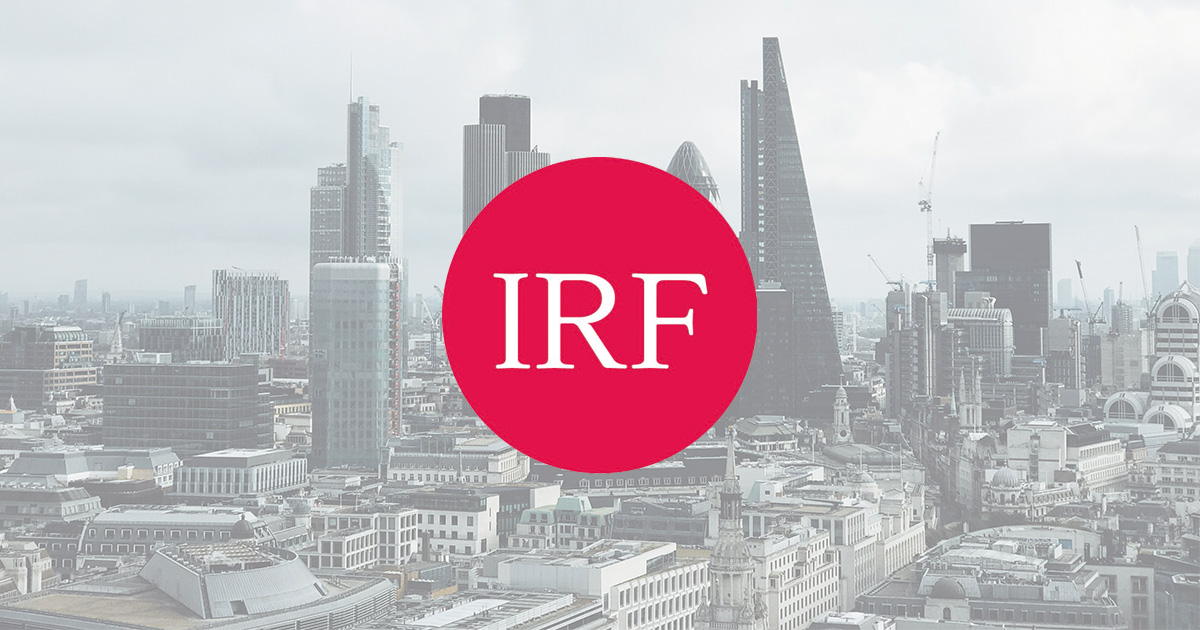Trump, Trade, Tensions & China's Economy: Assessing Risk in the run-up to the 2020 US Election
China Beige Book
Mon 28 Sep 2020 - 15:00
Summary
Leland focused his talk on US/China policy relations. With the upcoming presidential election there will be a greater focus on each candidate’s stance on China, and on trade and tariffs, and on the national security threats posed by various Chinese tech companies. A lot is wrong with the mainstream narrative on China’s economic recovery. What CBB’s data show is that the recovery is two-fold: the public narrative shows what is happening at large firms and the big three coastal regions: a strong and accelerating recovery. But other regions in the interior and periphery tracked by CBB are showing a much slower recovery, and in some cases are still mired in recession. This can be seen particularly clearly in credit data, as one would expect firms to be borrowing heavily to get back on track, however, only large firms are borrowing. SMEs and micro-enterprises are not just borrowing far less than their larger counterparts but are borrowing less frequently than in Q2. Overall, the data show a month on month and quarter on quarter recovery but not a year on year recovery- of the hundreds of metrics CBB tracks, none yet are on par or better than last year. This contrasts mightily with the official story. Beijing is announcing a year on year recovery, essentially saying the country is back to where they were across the board, and that nearly all problems are solved, which isn’t the case. While this story reflects some of what CBB is seeing in the biggest cities and coastal regions, it is not anywhere close to an accurate view of China as a whole. On the other hand, similar to government data, CBB results show this has indeed been primarily a supply side recovery. Manufacturing, commodities and property are doing much better than the consumption sectors (retail and services). In Q3, retail did see a stark improvement, but is still lagging the industrial economy, while the service sector is lagging even more. Of real concern, firms in services are not yet hiring, which questions their confidence in the economic recovery. Leland goes on to discuss recent development on the US-China policy side. With 5 weeks to go before the election, anti-China activity has not been nearly as aggressive as most people expected, besides sanctions in Xinjiang and the Trump administration’s actions against TikTok and WeChat. The reasons behind this are four-fold: Firstly, because so many inside the Trump Administration have been heading for the door there aren’t many people left in the administration to push policy. The NEC is empty, USTR is empty, Commerce and Treasury are close to it. The administration is extremely understaffed overall, with the few remaining focused on other global issues from the Middle East to COVID. Secondly, Trump has felt surprisingly little pressure this summer and fall to make big moves on China. Considering the problems with Trump’s Phase 1 deal, Biden was expected to go on the offensive; however this hasn’t been the case, as the Democrats see themselves winning comfortably and so there is no need. The presidential debates could change the policy environment however, depending on who comes out on top. Thirdly, Leland discusses the hawks and doves within the Trump Administration. There is no major hawk vs dove battle on most issues, since doves have been completely focused on keeping Phase 1 around to maintain their legacy, which has restrained other actions. Hawks have been more focused on causing trouble for Chinese tech companies and opening up relations with Taiwan. Fourthly, Leland touches on Phase 1. The deal has acted as a restraint on further policy action. The Chinese are currently not adhering to the pledges made under Phase 1, partly due to COVID but also because of other reasons, yet Trump has not felt the pressure from this failure. In general, people expected extremely volatile and aggressive policy in September, but it has been much more timid out of the White House, with the Chinese also not feeling much pressure. This could change if Trump remains behind in the polls in the final few weeks before the election. In that case, a seismic policy shift may be called for.
Topics
China's economy has rebounded in Q2 and Q3, but what does "rebound" mean? Data still shows steep declines YoY, with 57% of companies reporting that COVID effects continue to depress earnings. The industrial economy and major coastal regions have been driving growth, yet the rest of China - i.e. most of China - is in a very different place with many areas still mired in recession.
Chinese firms should be borrowing like crazy. Why are they not?
Understanding capital access trends is critical to understanding where China's economy is headed in 2021.
US-China relations including Phase 1 trade deal, crackdown on Chinese tech companies, Taiwan/South China Sea, supply chain upheaval and whether financial warfare is next.
